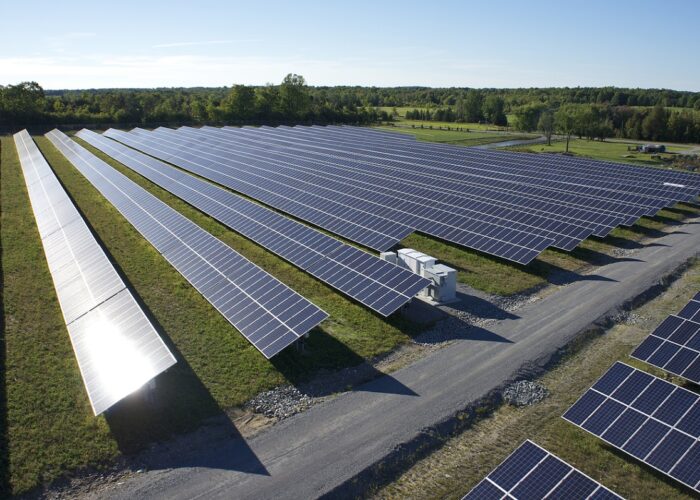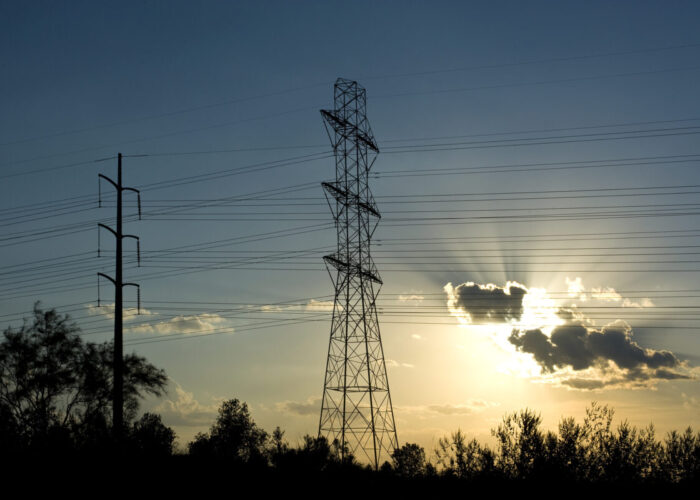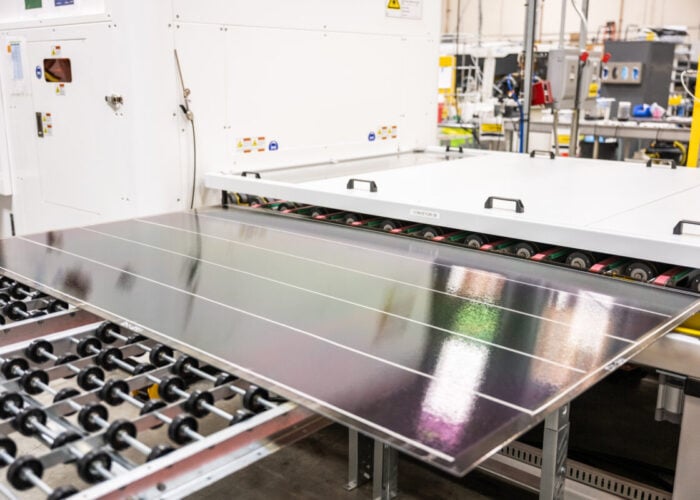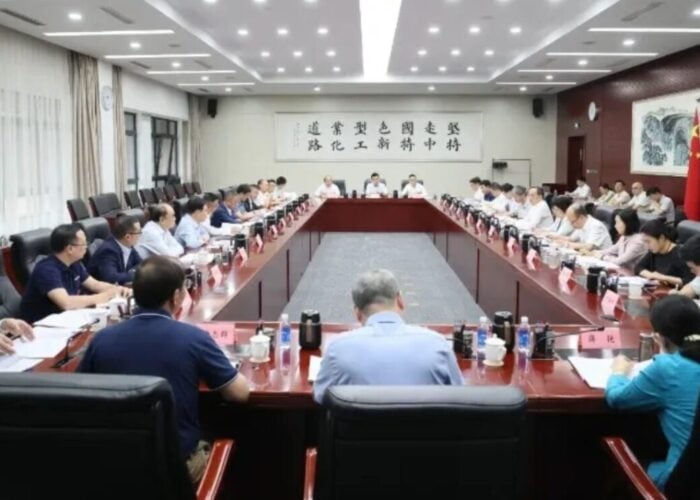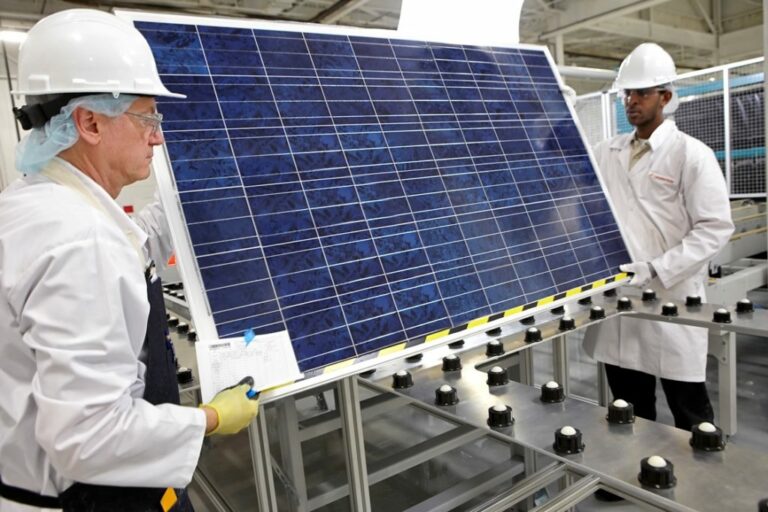
Solar Module Super League (SMSL) member and global solar manufacturer Canadian Solar will build a 5GW solar cell production facility in Jeffersonville, Indiana. The factory will supply Canadian Solar’s previously announced 5GW module assembly facility in Mesquite, Texas.
The new Jeffersonville facility represents around US$800 million in investment, Canadian Solar said, and is expected to begin production by the end of 2025.
Unlock unlimited access for 12 whole months of distinctive global analysis
Photovoltaics International is now included.
- Regular insight and analysis of the industry’s biggest developments
- In-depth interviews with the industry’s leading figures
- Unlimited digital access to the PV Tech Power journal catalogue
- Unlimited digital access to the Photovoltaics International journal catalogue
- Access to more than 1,000 technical papers
- Discounts on Solar Media’s portfolio of events, in-person and virtual
Canadian Solar has said that its Mesquite module facility – which will be supplied by this new 5GW cell plant – will produce n-type tunnel oxide passivated contact (TOPCon) modules, and in November 2022 the company said that it expects around a third of its shipments this year to be fulfilled by TOPCon and that future cell capacity would be dedicated to the technology.
PV Tech contacted Canadian Solar for exact confirmation of the technologies produced at the new facility.
Canadian Solar signed a 7GW long-term supply deal for TOPCon modules with EDF Renewables North America earlier this year.
Thomas Koerner, senior vice president of Canadian Solar, said: “Establishing this factory is a key milestone that will enable us to better serve our US customers with the most advanced technology in the industry.”
TOPCon is emerging as the dominant technology amongst the top global solar manufacturers, as the industry shifts generally from p-type passivated emitter rear contact (PERC) tech to the next generation of n-type products.
Fellow SMSL member JA Solar spoke with PV Tech last week about its transition to TOPCon and the advantages that the tech has over other viable options, notably its low temperature coefficient, balance of usage at different scales and the easy adaptability of the manufacturing equipment from PERC production.
Onshoring cell production
Koerner continued: “This is the second of the anticipated long-term investments we expect to make in the US as we think strategically about a local, sustainable and clean energy supply chain and to fulfill the long-term requirements of the local-content rules of the recently-established IRA (Inflation Reduction Act).”
Those local content rules state that solar products made with over 40% “domestic content” can qualify for an extra 10% tax adder under the IRA’s Investment Tax Credit (ITC). The domestic content level – which is based on component cost – will rise to 55% from 2026.
Industry players in the US have pointed out that domestic solar cell production will be the key for manufacturers seeking to capitalise on the bonus, as cells currently represent around half of the overall price of a PV module.
As it stands, the overwhelming majority of cells in the US are imported from Southeast Asia, although the IRA’s incentives have begun to take effect; Korean-owned Hanwha Qcells has announced plans for an integrated ingot, wafer, cell and module production facility in Georgia and recently completed module production capacity expansion, and solar cell manufacturer Suniva announced plans to restart its US operations with 2.5GW of new cell capacity.
However, announced nameplate capacity for solar cells in the US still lags significantly behind module assembly capacity. The below graph shows the disparity between solar components prior to Canadian Solar’s announcement.
Earlier in the year, Canadian Solar lowered its 2023 revenue guidance following drastic module price drops in Q2. Increased shipments went some way to offset the losses from the price drops, the company said. Its module manufacturing subsidiary, CSI Solar, announced its initial public offering (IPO) on the Shanghai Stock Exchange in May.

